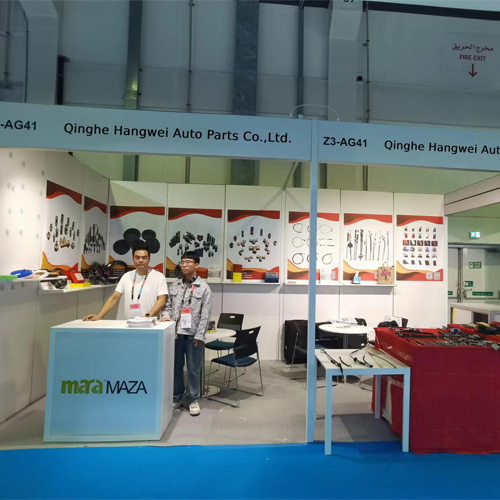clutch cable assembly
The Importance of Clutch Cable Assembly in Automotive Applications
The clutch cable assembly is a critical component in manual transmission vehicles, playing a vital role in the overall functionality and performance of the clutch system. This assembly is responsible for transmitting the driver’s input from the clutch pedal to the clutch mechanism in the engine, facilitating smooth gear changes and ensuring the vehicle operates effectively. Understanding the clutch cable assembly's components, functionality, and maintenance can significantly optimize vehicle performance and enhance driving experience.
Components of Clutch Cable Assembly
A typical clutch cable assembly consists of several key components the cable itself, the outer casing, the clutch fork, and the pivot point. The cable is usually made of high-strength steel wire to withstand the tension and stress during operation. The outer casing keeps the cable protected from environmental factors and provides smooth movement. The clutch fork is connected to the clutch mechanism, while the pivot point acts as the fulcrum, translating the linear motion from the pedal into the rotational movement needed to disengage the clutch plates.
How It Works
When the driver presses the clutch pedal, the clutch cable transmits that force to the clutch fork mechanism. This action causes the fork to move, which, in turn, disengages the clutch by separating the clutch plate from the flywheel. This separation allows the driver to shift gears without grinding or damaging the transmission components. When the driver releases the pedal, the springs inside the clutch mechanism re-engage the clutch plates, allowing power to flow from the engine to the transmission and ultimately to the wheels.
clutch cable assembly

Importance of Maintenance
Regular maintenance of the clutch cable assembly is crucial for ensuring optimal performance and prolonging its lifespan. Over time, the cable can stretch, fray, or become contaminated with dirt and debris, leading to a decrease in responsiveness and potentially causing shifting difficulties. Symptoms of a failing clutch cable may include increased pedal resistance, difficulty in engaging or disengaging gears, or unusual noises coming from the clutch area.
To maintain the clutch cable, it's essential to periodically inspect it for wear and tear, checking for any visible damage to the cable or casing. Lubricating the cable can help reduce friction and prolong its life. Additionally, adjusting the cable tension as needed ensures that the clutch pedal has the correct free play, allowing for smooth operation.
Conclusion
The clutch cable assembly may seem like a small component in the larger automotive system, but its role is absolutely crucial in providing a smooth and controlled driving experience. By understanding its components, functionality, and the importance of regular maintenance, drivers can ensure the longevity and reliability of their vehicle's clutch system. Whether operating a classic car or a modern vehicle, being aware of the condition of the clutch cable assembly can lead to enhanced performance, safety, and ultimately, an enjoyable driving experience. Investing time and care into this essential component pays off in the long run, ensuring that gear changes remain smooth even as the vehicle ages.
-
Workings of Clutch Pipe and Hose SystemsNewsJun.04,2025
-
The Inner Workings of Hand Brake Cable SystemsNewsJun.04,2025
-
The Secrets of Throttle and Accelerator CablesNewsJun.04,2025
-
The Hidden Lifeline of Your Transmission Gear Shift CablesNewsJun.04,2025
-
Demystifying Gear Cables and Shift LinkagesNewsJun.04,2025
-
Decoding Clutch Line Systems A Comprehensive GuideNewsJun.04,2025
